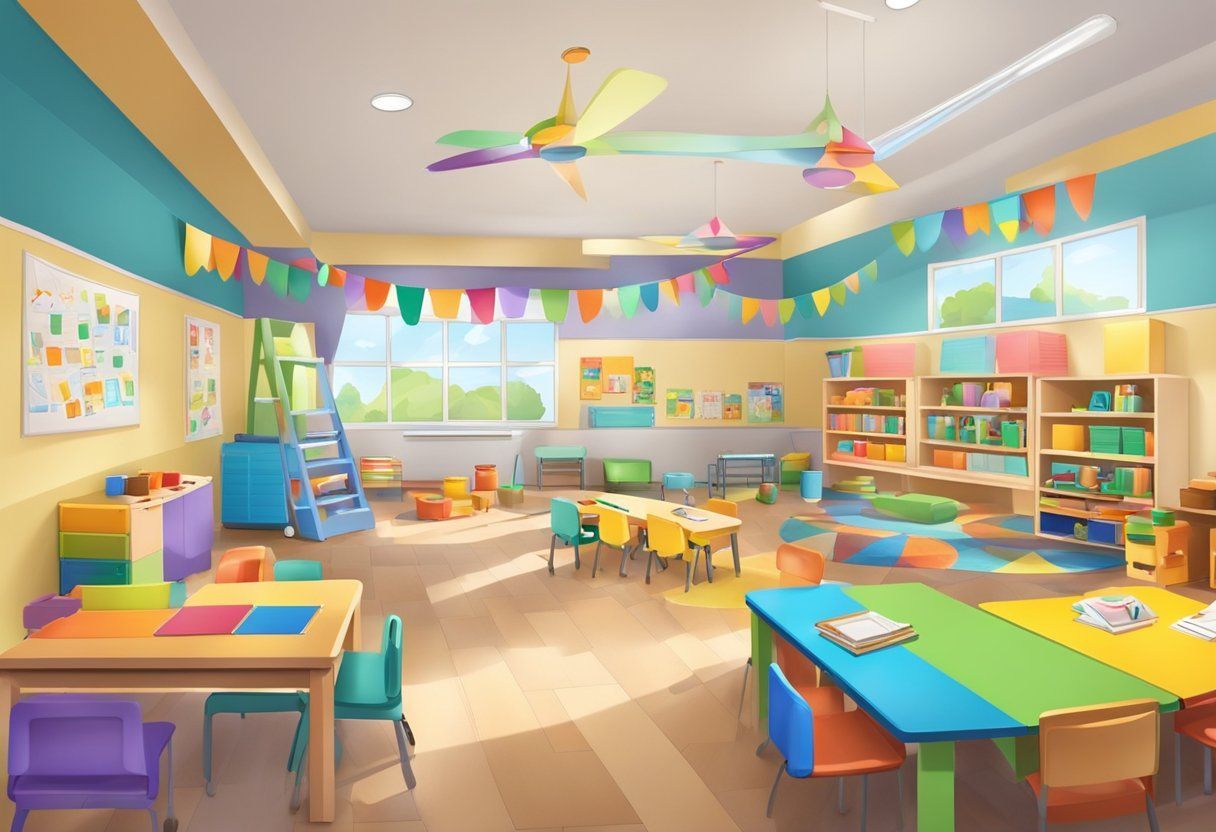BLOG
Categories
Mi adolescente adoptado está actuando, ¿Cómo puedo ayudarlos?
Los adolescentes adoptados experimentan desafíos únicos que son difíciles de entender
Todos los padres de adolescentes enfrentarán desafíos, y los padres de adolescentes adoptados enfrentarán desafíos únicos. Cuanto mejor pueda un padre entender a su hijo, más efectivos serán sus enfoques. Es vital ver a su adolescente adoptado a través de la lente correcta. Tener un marco informado en el que acercarse a su adolescente adoptado es un gran comienzo para ayudarlos. Cuando entiendes los desafíos únicos de un adolescente adoptado, puedes mostrar empatía y afirmar a tu hijo en tu proceso de crianza.
Los cerebros de los adolescentes son menos eficientes en el pensamiento de causa y efecto; Los adolescentes necesitan orientación de los adultos y que se les permita aprender de los errores. Si bien la adopción en sí misma puede no afectar significativamente el desarrollo del cerebro, las experiencias de la vida temprana sí lo hacen. La exposición prenatal a drogas o alcohol, la negligencia en la primera infancia o el trauma pueden dañar el cerebro o influir en la forma en que se desarrolla. [1] Los niños adoptados a menudo han tenido traumas tempranos, incluso dentro de los primeros meses de vida. La investigación del Dr. Bessel van der Kolk (especialista en trauma de la Universidad de Boston) sobre el cerebro ha encontrado que los recuerdos de trauma temprano pueden almacenarse en el nivel sensorio-motor donde la autorregulación y la identidad propia se ven afectadas. Los neurólogos han demostrado que las personas que están expuestas a un trauma continuo tienen deterioro cerebral. Las hormonas que preparan al cerebro para una respuesta rápida en realidad dañan el cerebro para el aprendizaje. Estos niños son difíciles de enseñar debido a que son hipervigilantes e hiperexcitados. [2] Su hijo adoptado puede tener alguna variación de este trauma y estrés que ha afectado su desarrollo cerebral. Este desarrollo deteriorado puede estar afectando su pensamiento de causa y efecto cuando era adolescente. También puede estar impidiendo su capacidad de aprender de los errores. La regulación emocional y la formación de la identidad que se supone que se está desarrollando en la adolescencia pueden retrasarse.
Los adolescentes adoptados necesitan sentir un sentido de pertenencia
Todos los adolescentes luchan con las preguntas: “¿Quién soy?” y “¿A dónde pertenezco?” Los adolescentes adoptados pueden cuestionar quiénes son más profundamente que sus compañeros no adoptados, ya que las preguntas que enfrentan son más complejas. Aunque tanto la biología como el medio ambiente nos dan forma a todos, formar una identidad es complicado para los adolescentes adoptados porque tienen dos grupos de padres / familias. [3] Los adolescentes adoptados considerarán a los miembros de su familia biológica a medida que descubren quiénes son, de quién son diferentes y quiénes desean ser. La información desconocida o faltante puede dejar lagunas y una sensación de pérdida mientras navega por su formación de identidad. Los adolescentes cuya raza u origen étnico es desconocido (completamente o hasta cierto punto) o cuya raza o etnia es diferente de sus padres adoptivos pueden sentir que no pertenecen plenamente a su familia o comunidad. Pueden tener un gran interés en conocer o pasar tiempo con miembros de la familia biológica u otras personas de una raza u origen étnico similar.
Todos los adolescentes están en proceso de separarse emocionalmente de sus familias. Oscilarán entre querer más libertad y querer la protección de la familia. Los adolescentes adoptados, especialmente los adoptados como niños mayores, pueden temer abandonar la seguridad del hogar y la familia. Algunos pueden adaptarse actuando más maduros, más independientes o “más duros” de lo que se sienten para hacer frente a los miedos y los problemas de intimidad. Una vez más, esto no es diferente al comportamiento típico de los adolescentes, pero puede ser más evidente en los adolescentes adoptados. Los niños adoptados que experimentaron negligencia o abuso previo a menudo necesitan tiempo adicional para adaptarse a la edad adulta y practicar para aprender a funcionar como adultos jóvenes.
La mayoría de los adolescentes profundizan sus amistades con sus compañeros y comienzan a explorar las relaciones románticas. Los adolescentes adoptados también promoverán las amistades, pero pueden tener más dificultades con las habilidades sociales y con la confianza en las relaciones. Los adolescentes adoptados pueden tener más confusión con respecto a cómo buscar intimidad dentro de las relaciones interpersonales. Algunos usarán la actividad sexual para aliviar recuerdos dolorosos o para llenar sentimientos de vacío. Los adolescentes que han sido abusados sexualmente pueden participar en actividades sexuales como un medio para sentir dominio y control sobre sus cuerpos, o pueden ser algo más propensos a convertirse en víctimas de abuso sexual adicional.
Consejos para criar a su adolescente adoptado
De acuerdo con las Hojas informativas para familias: Criar a su adolescente adoptado [4], pruebe estos consejos cuando trabaje con su adolescente adoptado.
PASAR TIEMPO DE CALIDAD JUNTOS
Todos los niños recientemente adoptados necesitan pasar mucho tiempo de calidad con los padres para construir su apego y seguridad en la familia. Los padres pueden fomentar el apego y dar un buen ejemplo a sus hijos adolescentes al participar con ellos en actividades sociales y comunitarias.
COMPRENDA LA DIFERENCIA ENTRE USTED Y SUS PADRES BIOLÓGICOS
No se sienta amenazado por su hijo adolescente que desea conocer a sus padres biológicos. Esto es común entre los adolescentes adoptados y un aspecto de su formación de identidad. Esto no reemplaza su importancia en su vida ni minimiza el hogar amoroso que les ha provisto.
HABLAR SOBRE LA ADOPCIÓN
Dale a tu hijo adolescente los hechos sobre cómo y por qué fueron dados en adopción. Ayúdelos a encontrar la información que falta. A medida que se desarrollan sus habilidades y habilidades de pensamiento lógico, los adolescentes adoptados necesitan más detalles. Si no se puede encontrar información, explore con ellos lo que podría haber ocurrido.
ENSEÑAR HECHOS IMPORTANTES ACERCA DE SUS PADRES BIOLÓGICOS
Dales toda la información que tienes sobre sus padres biológicos. Ayúdelos a aprender más si no tienen una relación abierta con los miembros de la familia biológica. Incluya información sobre los antecedentes culturales, raciales y religiosos de su familia biológica. Los adolescentes adoptados anhelan saber todo lo que puedan sobre sus padres biológicos y otros miembros de la familia biológica.
SÉ HONESTO
Ayude a su hijo adolescente a desarrollar una visión equilibrada de sus padres biológicos. La información limitada o unilateral (como el embarazo temprano o la falta de capacidad para ser madre) no permite a los adolescentes considerar todas las experiencias y características de sus padres al desarrollar sus propias identidades. Hable sobre los padres biológicos como personas complejas con fortalezas y fallas.
OFRECER SOPORTE
Proporcionar contactos con otros adolescentes y adultos jóvenes adoptados. Esto normaliza la experiencia adoptiva. Los adolescentes adoptados encuentran que el apoyo de sus compañeros es especialmente útil para formar sus propias identidades.
DISCUTE TUS SIMILITUDES
Señale las similitudes entre usted y sus hijos adoptivos. Sentir que son como sus padres adoptivos de alguna manera ayuda a fortalecer el apego de los adolescentes a sus familias. Un apego fuerte les ayuda a sentirse seguros al entrar en el mundo adulto.
DÉJALOS CRECER COMO ADOLESCENTES
Disminuya el control parental muy gradualmente a medida que su hijo adolescente muestre signos de preparación. Recuerde que los adolescentes que fueron adoptados de situaciones de negligencia, que han estado expuestos a traumas o que tienen problemas de apego pueden no estar listos para las responsabilidades al mismo tiempo que otros adolescentes de su edad.
ESCÚCHALOS
Dale a tu hijo adolescente voz en las decisiones. Si es apropiado para el desarrollo, pregúntele a su hijo si se siente listo para responsabilidades y privilegios particulares. Esto es especialmente importante para los adolescentes que provienen de situaciones en las que se sentían impotentes. Los adolescentes que se sienten escuchados y respetados tienen más probabilidades de cooperar con las reglas familiares.
COMPARTE TUS VALORES
Hable abiertamente sobre la sexualidad con su hijo adolescente. Comunique sus valores sobre citas, sexo y relaciones. Educar a los jóvenes sobre la abstinencia, el sexo seguro y el control de la natalidad.
Indique claramente sus valores con respecto al alcohol, las drogas y otros comportamientos de riesgo. Si su adolescente proviene de una familia biológica donde el alcoholismo o el abuso de sustancias era un problema, explíquele que él o ella puede estar genéticamente en mayor riesgo de adicciones. Un adolescente que anteriormente vivió en un hogar que abusa de sustancias puede necesitar educación y orientación adicionales en esta área.
SÉ CONSISTENTE
A todos los adolescentes les va mejor en hogares con límites y expectativas consistentes y claros, crianza flexible y compasiva, y una atmósfera enriquecedora y orientadora que les permite desarrollarse y trabajar gradualmente a través de sus etapas normales de desarrollo adolescente.
La regla de oro de criar a cualquier adolescente es: “No le digas nada a tu adolescente que no puedas hacer o no quieras hacer, y haz todo lo que digas que vas a hacer”. Ten límites claros, consistentes y compasivos que seas capaz de defender. Utilice las consecuencias naturales tan a menudo como sea posible, ya que esto ayuda con el pensamiento de causa y efecto. Comunique los límites con anticipación y notifíqueles las consecuencias si se rompen los límites. Lo más importante es ser consciente de los desafíos únicos de un adolescente adoptado, verlo a través de una lente enfática, hablar con un tono afirmativo, respetarlo como una persona joven en desarrollo y comunicar aceptación incondicional.
FUENTE: https://crosswindscounseling.org/blog/my-adopted-teen-is-acting-out/
RECENT POSTS
Bringing and keeping families together!








